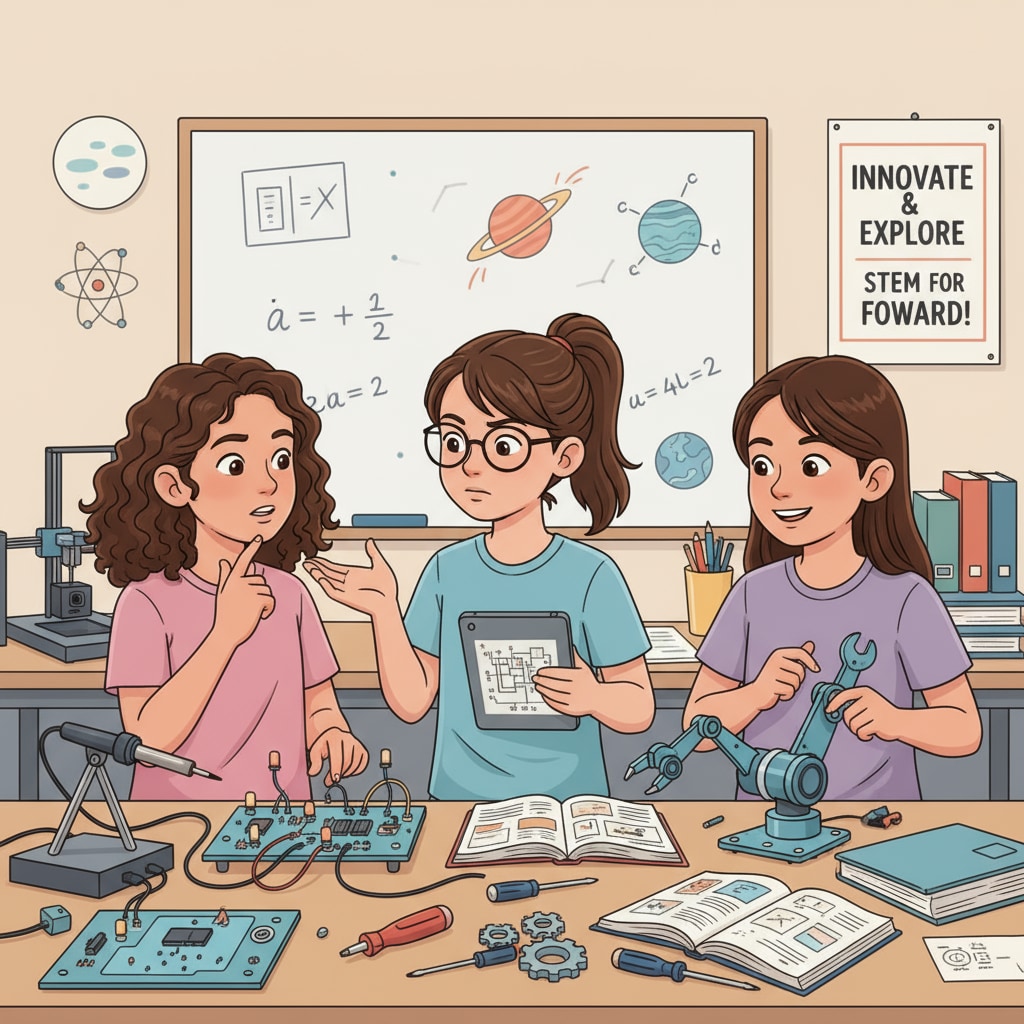In the realm of STEM education, understanding gender differences and implementing effective teaching methods is crucial for girls’ success. STEM fields, which encompass science, technology, engineering, and mathematics, have long been associated with gender disparities. However, by recognizing the unique learning characteristics of girls and tailoring teaching approaches accordingly, we can create a more inclusive and engaging learning environment.

The Learning Characteristics of Girls in STEM
Girls often bring distinct learning styles and preferences to STEM subjects. For example, they tend to be more collaborative learners, enjoying group projects and discussions. This social aspect of learning allows them to share ideas, build on each other’s knowledge, and develop communication skills. In addition, girls may be more detail-oriented, paying close attention to the nuances of scientific concepts or engineering designs. Research on Gender in STEM has also shown that girls are often more empathetic, which can be an asset in fields like biomedical engineering or environmental science, where understanding the impact on people and the planet is essential.

Gender Differences Affecting STEM Learning
Despite the potential of girls in STEM, there are several gender differences that can pose challenges. One significant factor is the stereotype threat. Girls may internalize societal beliefs that they are not as good at STEM as boys, which can undermine their confidence and motivation. Another aspect is the lack of female role models in STEM fields. Seeing fewer women in these positions can make it difficult for girls to envision themselves in similar careers. Moreover, the teaching environment itself may sometimes be less inclusive, with teaching materials and examples that are more male-dominated. Gender Gap in STEM on Wikipedia
To overcome these differences, educators need to implement targeted teaching strategies. For instance, using diverse teaching materials that feature female scientists and engineers can help girls see themselves represented. Encouraging girls to participate in hands-on activities and real-world projects can also boost their confidence and interest. Additionally, creating a supportive classroom environment where girls feel comfortable asking questions and taking risks is essential.
In conclusion, by recognizing the learning characteristics of girls in STEM, understanding the gender differences that exist, and implementing effective teaching methods, we can create a more inclusive and successful STEM education experience for girls. This not only benefits individual girls but also contributes to a more diverse and innovative STEM workforce. Readability guidance: We have used short paragraphs and lists to summarize key points. Each H2 section provides a list of relevant aspects. Passive voice and long sentences have been kept to a minimum, and transition words have been used throughout to enhance the flow of the article.


